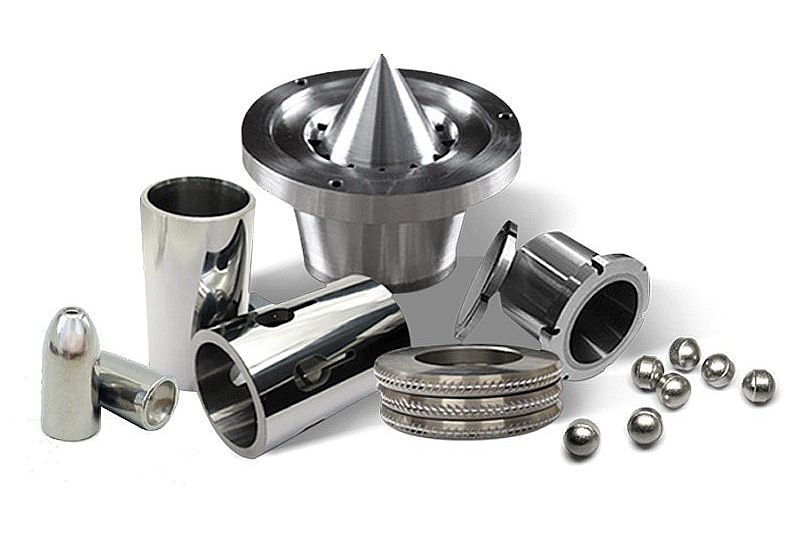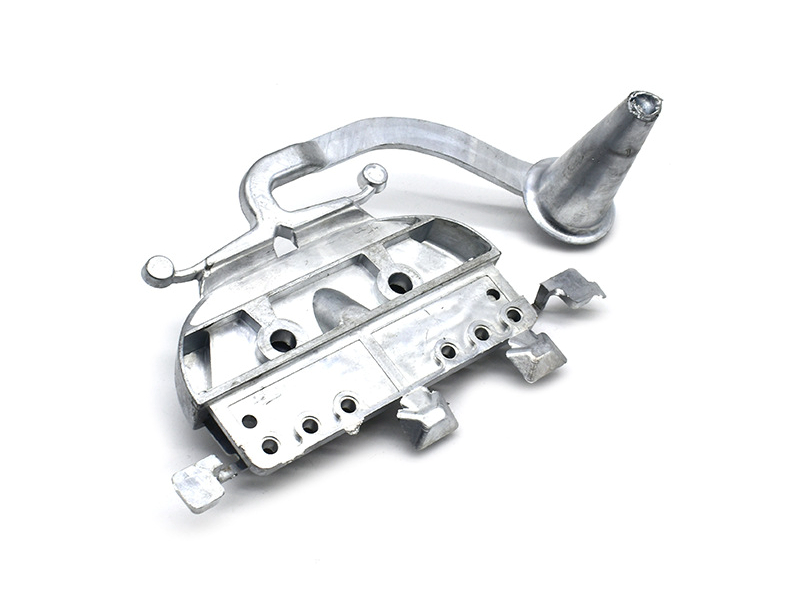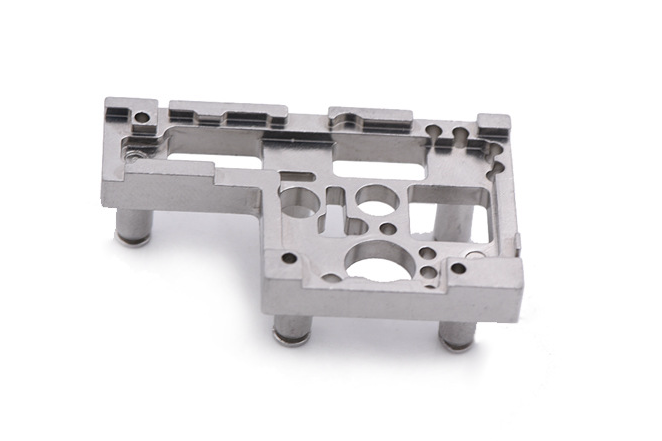Can you supply a full lock component solution from prototype to mass production?
Yes — a full lock component solution can be supplied from prototype to mass production by combining multiple manufacturing processes within an integrated custom parts manufacturing service. The key is to align mechanical strength, tamper resistance, surface durability, and cost efficiency across every stage of development. This involves material selection, prototyping validation, process optimization, and final scalable production through MIM, casting, machining, plastics integration, and surface treatment technologies.
Engineering Prototyping and Validation
Initial feasibility and design testing are performed using CNC machining prototyping for metals and 3D printing prototyping for complex internal structures. Functional testing verifies torque load, wear behavior, and anti-pry performance. For movable elements, plastics can be tested with injection molding to evaluate noise and friction behavior while protecting metallic drive components.
Transition to Precision Manufacturing
After functional validation, production strategy is defined based on part geometry and expected volume. Miniaturized gears, pins, cams, and anti-tamper mechanisms typically transition to metal injection molding using durable alloys like MIM 17-4 PH or MIM-440C. For housings and latches, precision casting or aluminum die casting processes provide strong structural components. Flat brackets and reinforcement plates can be formed through sheet metal fabrication for integration into the locking assembly.
Plastic-to-Metal Integration
For electronic locks and smart access devices, metal cores are combined with engineered plastics via insert molding and overmolding. Materials such as nylon or Ultem (PEI) provide insulation, noise reduction, and impact resistance while protecting internal metal mechanisms. This method also eliminates assembly steps and reduces labor cost in mass production.
Surface Treatment for Durability and Corrosion Protection
Surface integrity is critical, especially for outdoor applications. Metals can be protected using anodizing for aluminum, passivation for stainless steel, or PVD for wear-resistant decorative coatings. Low-reflection finishes such as black oxide coating help conceal tamper marks while improving corrosion resistance. Smooth operating surfaces can be refined using tumbling or polishing to reduce friction in gear and sliding mechanisms.
Quality Control and Mass Production Readiness
Before full-scale production, dimensional and performance validation is performed using realistic samples. Salt-spray, humidity, and fatigue testing confirm reliability under environmental stress. Once verified, standardized manufacturing flows—combining MIM, injection molding, sheet metal fabrication, or precision casting—are implemented to deliver fast, repeatable mass production.



